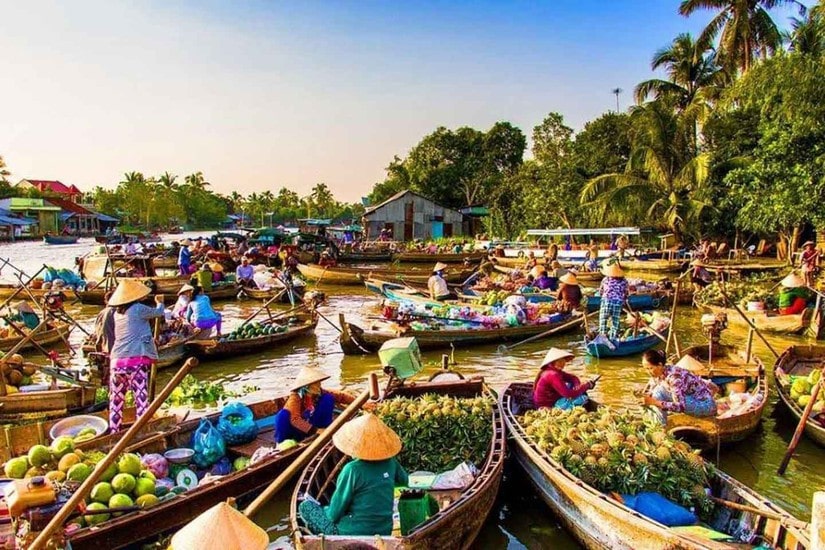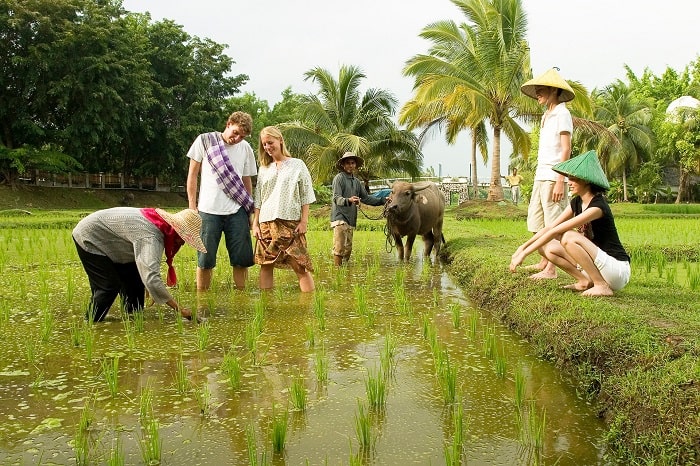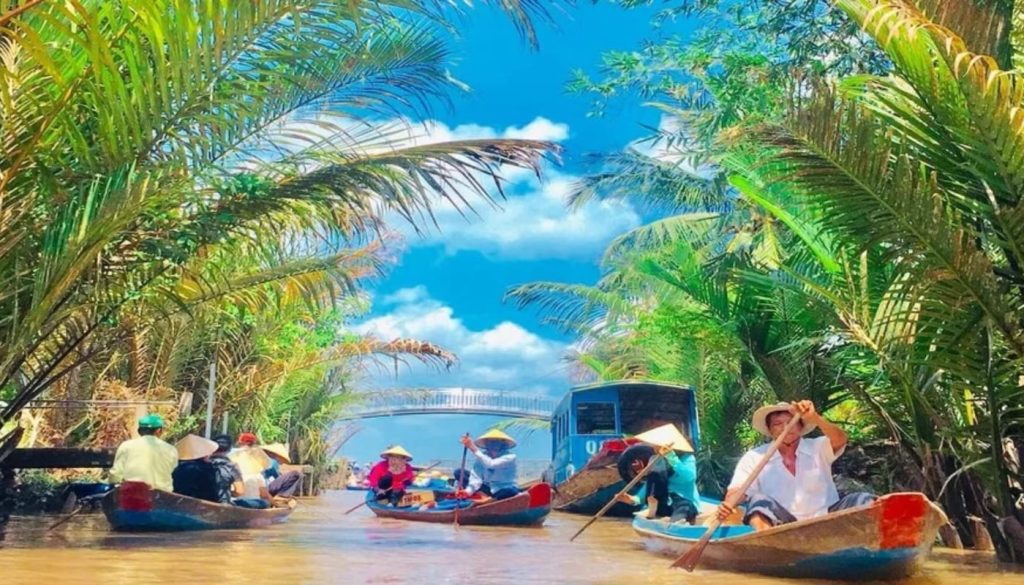This post is also available in:
Tiếng Việt (Vietnamese)
Community-Based Tourism (CBT) is increasingly emerging as a core pillar in the sustainable tourism strategies of many Southeast Asian nations. Beyond providing livelihoods for local communities, this model plays a crucial role in cultural preservation, environmental protection, and fostering community participation in tourism development. This article focuses on analyzing the specific challenges facing CBT and synthesizing best practices from Indonesia, the Philippines, and Thailand—three countries recognized for their systematic and innovative implementation of the model.
Community-Based Tourism: A Necessary Strategy for Sustainable Development
CBT is defined as a model in which local communities take ownership—managing, coordinating, and benefiting from tourism activities within their locality. In the context of the global tourism industry restructuring after COVID-19, CBT is considered a promising approach that is both inclusive and sustainable. It ensures not only direct economic benefits but also the preservation of cultural and ecological values while promoting community empowerment.
Southeast Asia—with its rich biodiversity, indigenous cultures, and distinctive natural landscapes—offers fertile ground for CBT development. However, realizing sustainable CBT requires overcoming numerous barriers related to capacity, finance, awareness, and contextual challenges such as geographic isolation and limited infrastructure.
Key Challenges in Implementing CBT in Southeast Asia
One of the most pressing issues is weak institutional capacity. Many local communities, traditionally engaged in farming or fishing, often lack the knowledge or skills to manage tourism. The absence of leadership capacity, labor division, and service coordination contributes to the failure of many CBT initiatives.
Another challenge is market access and financial sustainability. Most communities lack the initial capital needed to invest in infrastructure, develop tourism products, or conduct marketing, and also struggle to access mainstream tourism markets. CBT products are often small-scale, locally focused, and disconnected from broader value chains.
Bên cạnh đó, vấn đề bảo tồn văn hóa và kiểm soát tác động tiêu cực của du lịch cũng gây đau đầu. Khi điểm đến trở nên nổi tiếng, lượng khách tăng đột biến có thể làm biến dạng không gian văn hóa, gây áp lực lên tài nguyên môi trường và phá vỡ cấu trúc xã hội nếu không được kiểm soát tốt.
Best Practice Pathways: Lessons from Indonesia, the Philippines, and Thailand
Indonesia: Policy Framework and Community Engagement
Indonesia is notable for its “Desa Wisata” (Tourism Village) initiative, in which the government supports capacity building, infrastructure development, and international quality certification based on GSTC standards. A standout example is Wae Rebo Village (Flores), where the community has integrated cultural trekking experiences with the preservation of traditional architecture. Transparent financial management, equitable benefit sharing, and the establishment of community funds for education and health are highlights of this model.
Panglipuran Village (Bali) offers another success story, maintaining pristine landscapes, sanitation, and cultural traditions. Yet the key lesson here is the importance of visitor management to retain authenticity.
Philippines: Ecotourism Combined with Indigenous Cultural Preservation
In the Philippines, CBT has become a tool for social recovery. At Bojo River (Cebu), former loggers have become ecotourism guides. Tourism has contributed to mangrove restoration, biodiversity conservation, and sustainable livelihoods.
In Mindanao, the T’boli people around Lake Holon not only operate tourism services but also reinvest income to safeguard their cultural heritage. Community members take on key roles—from tour guiding and homestay operations to organizing traditional festivals.
Thailand: Model Shifting and Product Diversification
Mae Kampong Village (Chiang Mai) represents a modern CBT model, emphasizing wellness, organic agriculture, and green product development. Community benefits are reinvested through scholarships, eldercare, and infrastructure upgrades.
Thailand has also developed its own certification system based on GSTC, balancing local values with international standards. CBT products combine agriculture, handicrafts, and folk culture to create unique and meaningful experiences.
Strategies for Sustainable CBT Development
A critical factor for successful CBT is the presence of clear, guiding policy frameworks. Adopting standards such as GSTC not only ensures quality but also builds credibility in international markets. Certification systems and awards foster healthy competition among communities.
Capacity-building must be continuous—from basic training for guides and cooks to financial literacy and digital marketing. Clear role allocation, inclusive tourism planning, and respect for indigenous knowledge are essential foundations for long-term development.
Visitor management should prioritize quality over quantity. CBT should resist mass tourism models and instead focus on delivering authentic, personalized experiences—safeguarding identity while increasing per-visitor spending and length of stay.
Financial systems must also diversify. Communities need revolving funds, income streams from non-tourism sectors (e.g., agriculture, crafts), and mechanisms to reinvest tourism income into public goods such as education, healthcare, and environmental protection—to foster collective ownership and cooperation.
Finally, in the digital era, CBT must embrace technology for market access—leveraging social media storytelling, online marketing, digital payments, and feedback systems to enhance service delivery and competitiveness.
The Future of CBT in a Regional Context
Community-Based Tourism in Southeast Asia is on the cusp of a transformational wave. In the post-pandemic era, the growing demand for experiential, responsible, and nature-connected travel presents an opportunity for CBT to evolve into a mainstream tourism model.
However, for this vision to become reality, cross-sectoral collaboration, consistent policy support, and—above all—the trust and capacity of communities are required. When local people are no longer “targets” but become active agents in tourism development, CBT will no longer be merely a product—but a living expression of a harmonized, inclusive, and sustainable development strategy.











